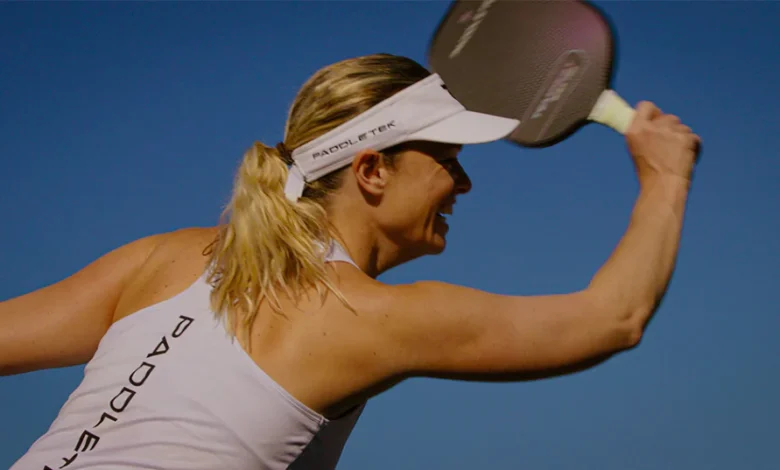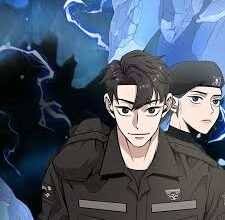Top 5 Serves Every Pickleball Player Should Master

A strong, varied serve is crucial but often underutilized in pickleball. Unlike other shots, serves allow players complete control to dictate points. While many players use basic serves, competitive players differentiate themselves with serve variety and placement, which forces weak returns and creates winning opportunities.
Understanding Pickleball Serve Fundamentals
Before diving into advanced serve techniques, let’s establish the foundation. Pickleball serves must be executed underhand with contact made below your waist. The paddle face must be moving upward at contact, and you cannot serve overhand like in tennis.
You get one serve attempt per turn (no second serves), making accuracy crucial. The ball must land in the diagonal service box, beyond the non-volley zone line. Most importantly, both feet must remain behind the baseline until after ball contact.
These rules might seem restrictive, but they actually create opportunities for strategic serving that many players overlook. The key is working within these parameters to generate maximum effectiveness.
The Deep Serve: Your Baseline Weapon
The deep serve targets the back third of the service box, pushing your opponents as far from the net as possible. This foundational serve creates several tactical advantages that make it essential for any serious player.
When executed properly, the deep serve forces opponents into defensive positions, giving them limited angles for aggressive returns. The extra distance also provides more time for you and your partner to move forward and establish better court positioning.
Technique Focus:
- Aim for the back line of the service box
- Use a firm, controlled swing with moderate pace
- Follow through toward your target area
- Keep the ball trajectory relatively low to minimize hang time
The beauty of the deep serve lies in its consistency. While flashier serves might win you some points, the deep serve wins you matches by consistently putting pressure on opponents and reducing their offensive options.
The Short Serve: Disrupting Opponent Rhythm
Just as opponents adjust to your deep serves, the short serve becomes a devastating change of pace. This serve lands just over the non-volley zone line, forcing opponents to rush forward and hit up on the ball.
The short serve works particularly well against opponents who position themselves deep in anticipation of your power serves. By dropping the ball short, you force them to sprint forward and attempt a difficult return while off-balance.
Technique Focus:
- Reduce swing speed and follow through
- Focus on soft contact with controlled placement
- Aim 2-3 feet beyond the non-volley zone line
- Use deceptive body language to disguise your intention
Practice mixing short serves with deep serves to keep opponents guessing. The uncertainty about where your serve will land creates mental pressure that often leads to unforced errors.
The Topspin Serve: Generating Aggressive Bounce
The topspin serve adds forward rotation to the ball, causing it to dip quickly and bounce aggressively after landing. This serve is particularly effective on outdoor courts where wind conditions can enhance the spin’s impact.
Generating topspin in pickleball requires a low-to-high swing path with the paddle face slightly closed at contact. The key is brushing up on the back of the ball while maintaining the underhand motion required by the rules.
Technique Focus:
- Start your swing lower than normal
- Brush up on the ball with a slightly closed paddle face
- Accelerate through contact with emphasis on upward motion
- Follow through high toward your target
The topspin serve becomes especially valuable when you’re looking to take opponents out of their comfort zone. The unexpected bounce often produces weak returns that you can attack on your next shot.
The Backspin Serve: The Deceptive Drop
The backspin serve creates backward rotation that causes the ball to skid and stay low after bouncing. This serve can be particularly troublesome for opponents who expect normal bounces and find themselves hitting balls out of their preferred contact zone.
Executing backspin requires opening the paddle face slightly and hitting with a glancing contact that imparts backward rotation. The motion still follows underhand rules while creating the spin that makes this serve so effective.
Technique Focus:
- Open the paddle face slightly at contact
- Create a glancing blow across the back of the ball
- Maintain smooth tempo without rushing the motion
- Aim for consistent depth rather than maximum spin
Many players struggle with backspin serves initially because they try to generate too much spin too quickly. Start with subtle backspin and gradually increase the effect as your technique improves.
The Power Serve: Maximum Velocity Within Rules
The power serve maximizes speed while staying within underhand serving constraints. This serve works best when opponents least expect it, particularly after you’ve established a pattern of placement-focused serves.
Power serves require excellent timing and controlled aggression. The goal is generating maximum racquet head speed while maintaining accuracy and staying within the technical requirements of underhand serving.
Technique Focus:
- Use a full shoulder turn for maximum power generation
- Accelerate smoothly through contact rather than swinging wildly
- Keep the ball trajectory low and penetrating
- Follow through completely toward your target
Remember that power without placement rarely succeeds in pickleball. Focus on placing your power serves to areas where opponents feel most uncomfortable, typically their backhand side or directly at their body.
Practice Drills for Serve Mastery
Target Practice Drill:
Set up targets in different areas of the service box using cones or towels. Practice hitting each serve type to specific targets, keeping track of your accuracy percentage. Start close to targets and gradually increase difficulty.
Serve and Move Drill:
Practice transitioning immediately after serving. Execute your serve, then quickly move to optimal court position. This drill develops the muscle memory needed to capitalize on good serves during actual play.
Pressure Serving:
Create pressure situations during practice by setting specific targets that must be hit consecutively. Miss your target, start over. This drill simulates tournament pressure and builds mental toughness.
Mixed Sequence Drill:
Practice serving in predetermined sequences (deep, short, topspin, backspin, power) to develop the ability to execute any serve on command. This prepares you for strategic serving during competitive play.
Consistency beats power in pickleball serving. Spend more time perfecting placement and spin than trying to serve harder. Players who can place serves accurately win more points than those who occasionally hit spectacular serves but often miss completely.
Many players overlook serve practice because it seems less exciting than rally drills. However, competitive players understand that controlling the serve means controlling the match tempo and maintaining psychological advantage throughout close games, especially in a high-stakes Boise pickleball tournament.
Conclusion
Mastering five key serves (deep, short, spin, and occasional power) transforms a player into a strategic competitor. Unpredictable serving disrupts opponents, offering a tactical edge. Focus on perfecting one serve at a time, prioritizing accuracy before spin or power.


